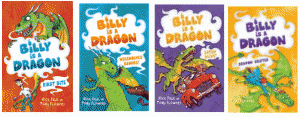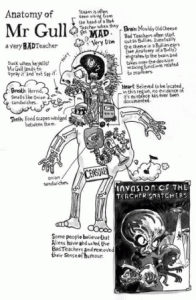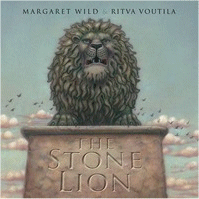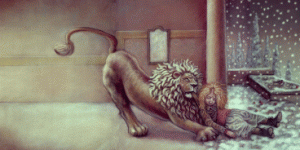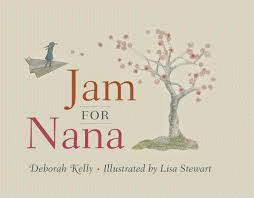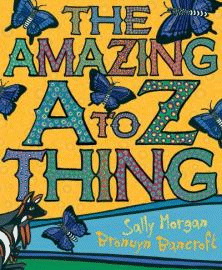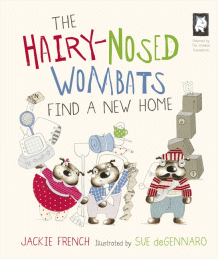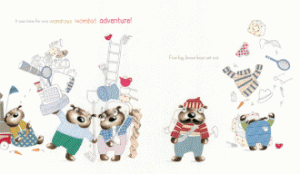Billy is a Dragon: First Bite
9780857983053
ebk 9780857983060
Billy is a Dragon: Werewolves Beware
9780857983077
ebk 9780857983084
Billy is a Dragon: Shadow Sifter
9780857983152
ebk 9780857983169
Billy is a Dragon: Eaten Alive
9780857983176
ebk 9780857983183
Nick Falk
Tony Flowers
Random House 2014
pbk., RRP $A12.99
Billy’s life changes the day he walks into Benny’s Pet Shop because they are having special discounts for 10th birthday presents for boys named Billy. Billy already has Bertha, an ageing bulldog whom he loves very much, so he thinks about a fish or a parrot. But Benny leads him towards the lizards, and even though Billy knows both his mum and sister are terrified of them, he is captivated by one which Benny tells him is called the dragON lizard. Determined to know what it feels like he sticks his finger in the cage … and it bites him. With a painfully swollen finger which keeps swelling, they head home and eventually Billy goes to bed nursing it as it continues to swell and thinking of his upcoming birthday party. Next morning, while his finger no longer hurts, he’s amazed to discover it has turned green and grown an enormous black claw! And that’s just the start of it… even though Billy might find being a dragon protects him from bullies, teachers and his sister Becky, when his parents decide that dragons belong in a zoo he has to make a critical decision as well as an agonising discovery. Is he a Shifter who can change shape or a Plain who stays stuck as he is?
Written at a fast clip, interspersed with eye-catching fonts to emphasise the mood and the meaning, this is a new series from the creators of Saurus Street written to capture the imaginations of those on the cusp of being independent readers and moving onto novels. Billy’s adventures will appeal to all those who can think of better ways to spend their days than being at school, secretly wishing the teacher would disappear in a puff of smoke – which is almost what happens when he sets her hair on fire as he morphs into a dragon in the classroom. And his new persona is very helpful when dealing with bullies. Who wouldn’t want to be able to do that? With the continuing popularity of characters with super powers and creatures from the realm of fantasy, the series is a great introduction to a new genre that ventures beyond the more traditional witches and wizards.
Tony Flowers’ quirky illustrations are more than just decoration – they are an integral part of the story that teach as much as they tell. There are different types – margin images, standard graphics which explain the words and set the mood, and then there are those that Flowers terms “lore” that expand on the mythology of the world tht Billy lives in. While they have a cartoon-like appearance, their detail not only enriches and enhances the message of the story but also provide a model for the reader to produce their own. THe artist has tapped into his imagination, as well as offering an opportunity for the reader to get inside theirs. For example, just what does a bully look like on the inside? How else would you explain the characteristics of a shifter or a squiff? How empowering it would be for a child to dissect their own fears in such a way. Perhaps there is even an outlet for the writers and drawers in the class to co-produce their own story about being a dragon, or persuading the principal that such a creature would be an asset to the school.
Series are a perfect way to support the developing reader as they already bring their knowledge of the characters and circumstances to the sequels, providing a familiarity that helps them cross the bridge to independence just that bit more easily. This series (with two more episodes due in June) are sure to capture the attention and imagination of a clientele who can be hard to engage.
